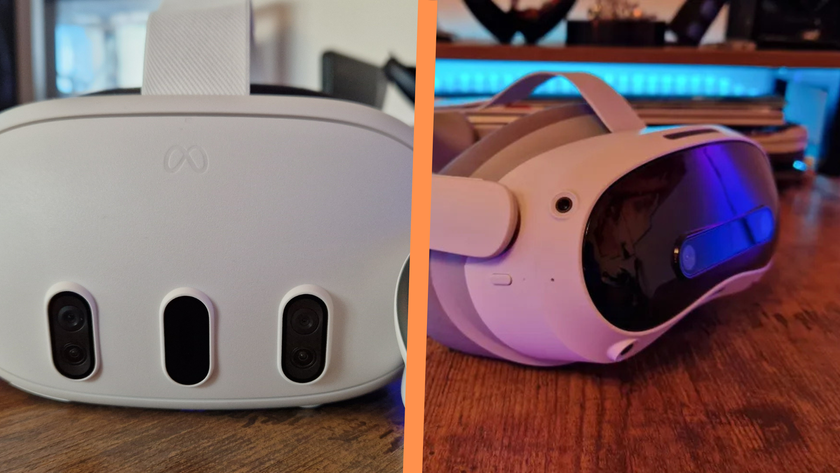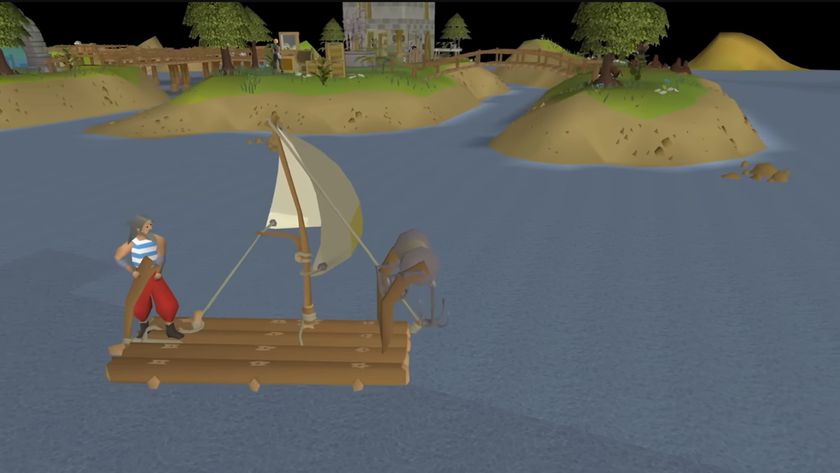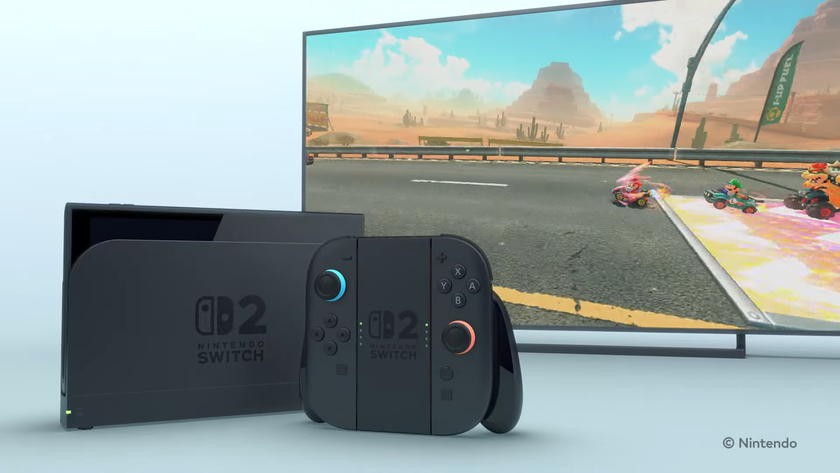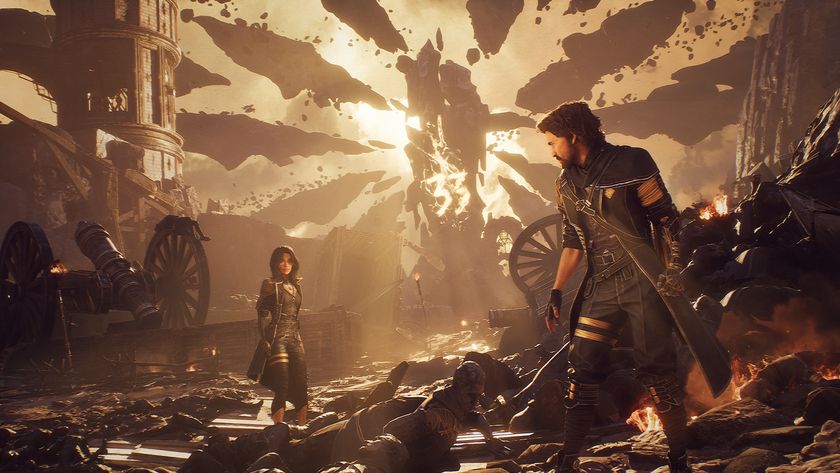The 2008 PC Builder's Bible
Find the best parts. Learn to build a rig from scratch and overclock it to kingdom come. PC Gamer shows you how
Though most people upgrade videocards and hard drives on an annual basis, they rarely upgrade their PC case, unless tragedy strikes. The reason is simple: The ATX specification for cases has been around a long time, and it’s still getting the job done. Simply put, there’s usually little reason to upgrade unless you’re looking for more room, more cooling or a more pleasing aesthetic. Indeed, these are the most important characteristics of a case: it must be able to hold all your hardware, and have enough fans to keep everything cool and relatively quiet.
Case fans: All cases include some sort of cooling system, though whether or not the actual fans are inside the case at the time of purchase varies. Regardless, every case has fan mounts, and it’s important to see what size they are prior to purchase. We typically favor large 12cm fans because they spin slowly, and therefore are relatively nice and quiet—and move a lot of air. You’ll want to make sure there’s a fan in the lower front of the case to suck air into the PC, and a nice, big fan in the back to blow it out. Some fans include exhaust fans on the top or side of the case, too, but these aren’t always necessary and can add a lot of unwanted noise.
Form factor: The lion’s share of consumer-level motherboards conform to the ATX specification, so make sure the case in question supports this standard (most do). Once you know it supports ATX, the only big question left is, How big do you want to go? There’s mid-tower cases, which are the size of what most consider to be a “regular” desktop, and there’s full-tower cases, which are much larger and longer than a mid-tower. Though their size makes them unsuitable for frequent transport to LAN parties, full-size towers are a breeze to work in given their cavernous interiors. They can also hold a lot of hardware, which is nice if you have several hard drives, are running SLI, or are thinking about investing in water cooling. For most users, however, a mid-tower will be more than sufficient.
Construction: The materials that make up your prospective case don’t really matter that much. What does impact the equation—and your arms—is the case’s weight. If a case is cumbersome before you put anything into it, imagine its heft once it’s stuffed with optical drives, hard drives, videocards, water-cooling reservoirs, etc. With that said, you’ll only infrequently tote your case, so don’t skimp on quality just to get a lighter case. It’s also important that the outside of your case is durable. If it gets all marked up the second you run your fingernail across it or if it feels flimsy to the touch, move on. What good is a sweet enclosure that turns ugly - or worse, broken - within a few weeks?
Features: Your case’s features can range from the truly useful to the simply cool. A slide-out motherboard tray, for example, is a feature we’re always keen on. Toolless drive bays are also welcome. Then, of course, there’s all the whiz-bangery (or lack thereof) to consider: We’re talking LED fans, built-in gauges, locking systems, etc. Case innovation can be a slippery slope, though, as sometimes these features are actually more irritating than useful (we can’t count the number of poorly implemented screwless PCI holders we’ve broken). A feature doesn’t have to be new to be unique—the simple addition of changeable side panels to a case kicks ass, and there’s nothing overly fancy about replacing a window.
Front-mounted connectors: This feature used to be resigned to USB ports mounted on the front of the case, but with Firewire and eSATA making headway in the market, you’re going to want a case that gives you at least two of these connectors to play with. And one should be eSATA – its speed benefits destroy anything Firewire or USB-based, making it a perfect connection for that external backup drive of yours. Be sure to pay attention to the location of these connectors, as sometimes they’re on the bottom-front of the case, and other cases put them right at the top, which is nice if your PC is resting on the floor.
Aesthetics
Sign up to the 12DOVE Newsletter
Weekly digests, tales from the communities you love, and more
Simply put, you don’t want an ugly case. But far be it from us to decide what’s atrocious versus what’s attractive, as everyone has his own personal sense of style. While we personally hate cases that look like they were pulled straight out of the X-Files prop shop, some people are into that sort of thing. Of course, these same people might very well hate a case that’s covered in branding for a particular professional gamer.

PC Gamer’s recommended cases
Head back to the table of contents
PC Gamer is the global authority on PC games and has been covering PC gaming for more than 20 years. The site continue that legacy today with worldwide print editions and around-the-clock news, features, esports coverage, hardware testing, and game reviews on pcgamer.com, as well as the annual PC Gaming Show at E3.












